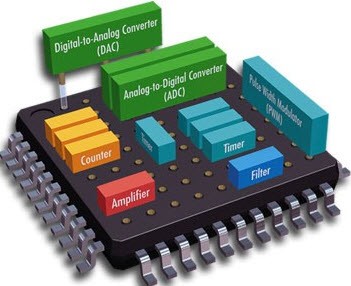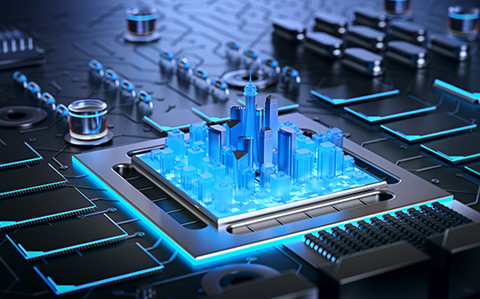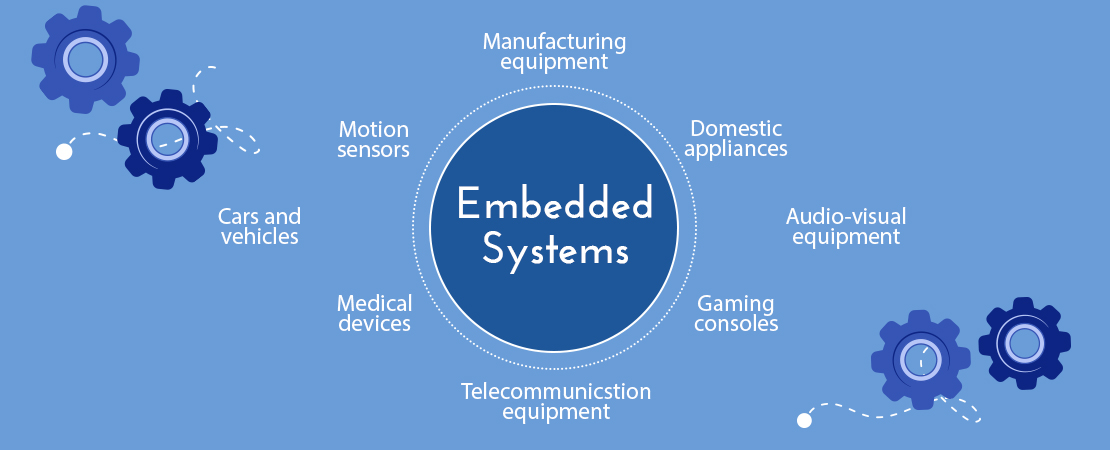Embedded systems: The technology behind intelligent networking and automation
Published

In the modern world, embedded systems are ubiquitous. From our smartphones and household appliances to vehicles and industrial plants, they play a crucial role in intelligent connectivity and automation. In this article, we will look at embedded systems and understand their importance in our daily lives and in various industries.
What are embedded systems?
In this section we will get an introduction to embedded systems. We will understand what embedded systems are and how they differ from traditional computers. In addition, we will learn about the features and components of embedded systems, such as processors, memories, sensors, actuators and communication interfaces.
Applications of embedded systems

Those : watelectronics.com
Embedded systems are used in various areas. In this section, we will explore some major application areas of embedded systems, including consumer electronics, automotive, medical, industrial automation, and the Internet of Things (IoT). We will understand how embedded systems are used to optimize processes, control devices and collect data.
Embedded systems architecture
The architecture of embedded systems plays an important role in their functionality and performance. In this section, we will learn about various aspects of embedded systems architecture, including hardware design, real-time operating systems, firmware development, and communication protocols. We will also address the challenges of system integration and scalability.
Development of embedded systems

Those : axiscades.com
The development of embedded systems requires specific expertise and methods. In this section, we will learn about the embedded systems development process. We will talk about design principles, hardware and software development tools, testing and verification strategies, and the life cycle of embedded systems. We will also discuss agile development methodologies and best practices.
Challenges and future of embedded systems
Embedded systems face various challenges and will continue to evolve in the future. In this section, we will discuss some of the challenges of embedded systems such as security, energy efficiency and scalability. We will also take a look into the future and address trends such as artificial intelligence, machine learning and edge computing.
Summary

Those : scand.com
Embedded systems are the driving force behind intelligent networking and automation. They are used in various industries and enable the control and monitoring of devices, the collection of data and the optimization of processes. In this article, we introduced embedded systems and highlighted their importance in today's world. We have explained the basics of embedded systems and shown how they differ from traditional computers. We have looked at the different areas of application of embedded systems and explained their diverse possible uses in areas such as consumer electronics, the automotive industry and medical technology. Embedded systems architecture was examined in more detail, highlighting the importance of hardware design, real-time operating systems, and communication protocols. We also looked at the embedded systems development process and talked about design principles, development tools, and best practices. Challenges of embedded systems, such as security and energy efficiency, were also highlighted and an outlook on future developments was given. With trends like artificial intelligence and edge computing, the future of embedded systems will be exciting. Overall, embedded systems play a central role in today's technological landscape. They enable us to intelligently network and automate, improve the efficiency of processes and open up new opportunities for innovation. The continued development of embedded systems will play an important role in shaping the future.








